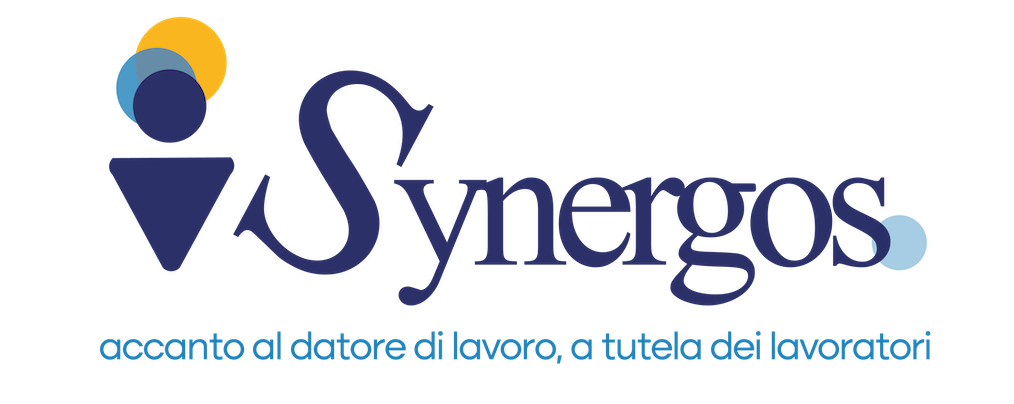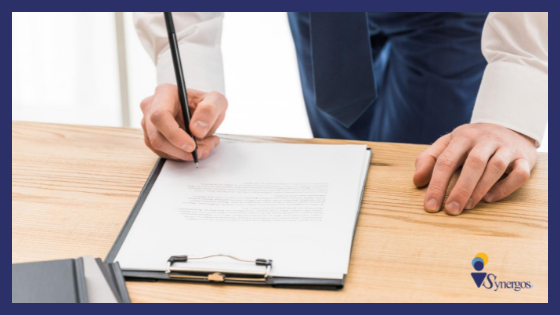How is the assessment of risks and hazards?
The assessment of risks and hazards is an audit that determines all possible risks to the worker within the company. It serves to preserve the
occupational safety and to protect the health in the workplace
of employees.
The procedure is divided into 5 operations:
– identification and recording of hazards;
– hazard assessment to determine the level of risk to which the worker is exposed;
– identification of prevention and protection measures;
– implementation of security measures;
– monitoring and review.
Theidentification and recording of hazards, consists of recognizing all possible hazards related to individual tasks.
To facilitate this operation and make this step as efficient as possible, the faapo method is used:
– Human factor, which refers directly to the worker:
– lack of knowledge or skills;
– lack of skills;
– lack of physical or mental capacity;
– improper behavior.
– Equipment, which refers to:
– machinery;
– software;
– hardware;
– equipment;
– furniture parts such as tables or chairs.
– Environment, which adheres to:
– light;
– noise;
– climate;
– temperature;
– vibrations;
– air quality or dust.
– Product, if you are in contact with:
– hazardous substances;
– heavy loads;
– sharp or hot objects.
– Organization, which includes:
– the layout of the workplace;
– tasks;
– working hours;
– the breaks;
– shifts;
– training;
– work systems;
– communication;
– teamwork;
– contact with visitors;
– social support or autonomy.
Therefore, it is of primary importance to make checks on workers’ behaviors and the good performance of their duties, examine the machinery and equipment being used, search the environment where the worker is in contact, check for stable ground and any slopes, storage of chemicals, use of vehicles, and contact with people outside the workplace.
Identification of risks
Once the review of all possible and possible hazardous cases has been drawn up, the identification of risks is then carried out, which are divided into three categories:
– safety risks: this category includes all those risks related to the occurrence of accidents or injuries in the workplace for example due to lack of emergency equipment or protection systems;
– health risks: these are the hygienic-environmental risks such as exposure to vibration, noise, chemicals;
– transversal or organizational risks: these are those risks related to labor relations and internal company organization related to the specific task, such as the use of video terminals, manual handling of loads, or work-related stress.
Hazard assessment to determine the level of risk to which the worker is exposed
The
hazard assessment
consists of calculating the level of risk. Two aspects are considered:
– the probability: thelikelihood of a harm occurring;
– the severity: how much damage can be created.
Frequency, duration, exposure to the hazard and number of people exposed are also taken into account.
The risk associated with a hazard is calculated theoretically using the formula: R = P x D. Therefore, the risk becomes the greater the more likely the accident is to happen and the greater the extent of the damage.
Identification of prevention and protection measures
The stage following the hazard assessment is to identify prevention and protection measures so that risks can be limited.
– Prevention measures: are all those actions carried out to limit the severity or eliminate the risk. This includes, for example, reorganization of the work system, replacement of equipment and machinery that is no longer suitable and its maintenance, training of workers with job-specific courses, reduction of chemical agents in the workplace, and health surveillance;
– protective measures: include all those actions aimed at limiting the consequences of an ongoing damaging event;
Personal Protective Equipment (such as helmets, gloves, goggles) and Collective Protective Equipment (such as safety nets, emergency eyewashes, chemical hoods) are part of these measures.
Implementation of security measures
Once these measures are defined, to make all the work of the risk and hazard assessment productive, the employer, managers and employees put procedures into practice with the aim of improving safety within the company.
Monitoring and review
Constant monitoring and review of measures are very important steps for the company. As there may be changes within the work environment over time, it will be critical to implement the right safety measures and a continuous review of the
risk and hazard assessment
to make the company an increasingly safe place.
Synergos is a company structured to carry out the necessary inspections required by law at least once a year based on the risk assessment (art. 2, letter m of Legislative Decree 81/08) at workplaces, factories, production sites, company headquarters.
Synergos: Health And Safety At Work, Side By Side With The Employer To Protect Workers!






